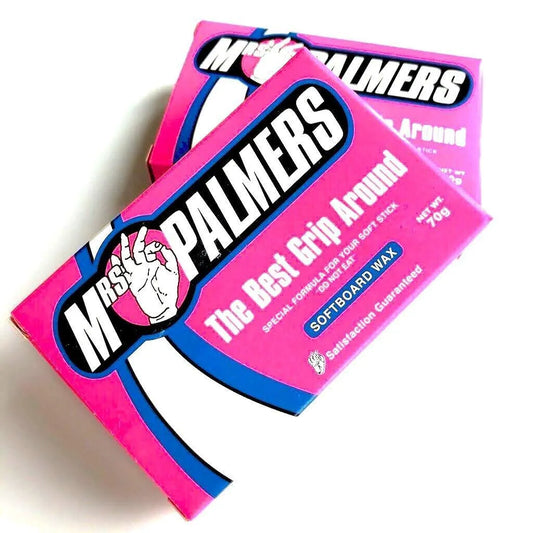-
Slyde Handboards - Bicep Pro Coil Leash
Vendor:SlydeRegular price £26.99 GBPRegular price -
Ocean & Earth Foamie & Bodyboard Leash Plug
Vendor:Ocean & EarthRegular price £3.99 GBPRegular price -
Mrs Palmers Softboard & Bodyboard Wax
Vendor:Mrs PalmersRegular price From £3.99 GBPRegular priceMrs Palmers Softboard & Bodyboard Wax
Regular price From £3.99 GBPRegular priceMrs Palmers Softboard & Bodyboard Wax
Regular price From £3.99 GBPRegular price -
Deluxe Coil 1.2M Bodyboard Wrist Leash Strap Blue
Vendor:BalinRegular price £27.99 GBPRegular price

WIN SURF GEAR
Enter our epic prize draw competitions for as little as 99p a ticket








